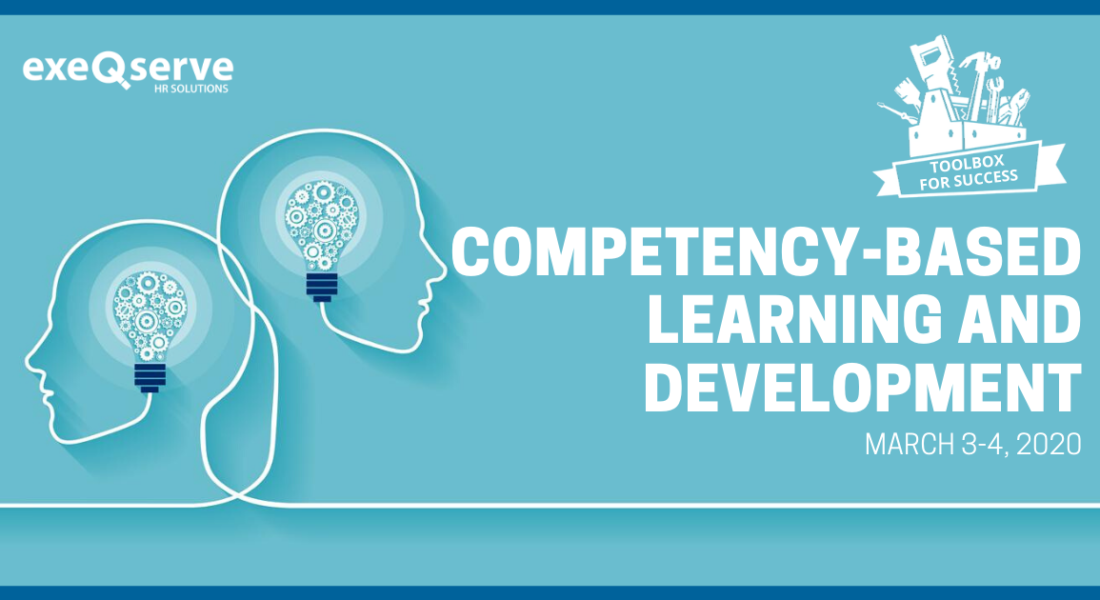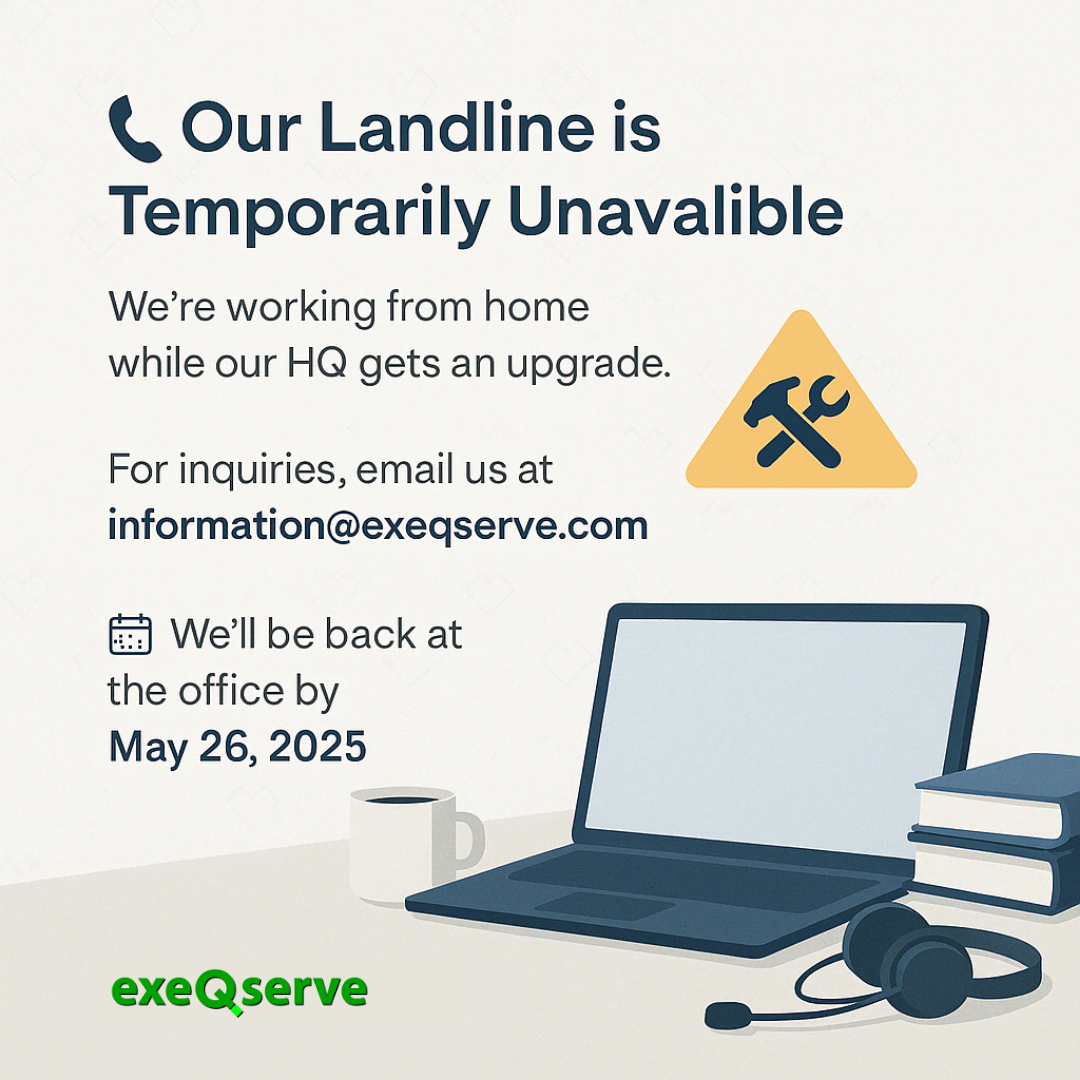For the last 25 years, I’ve been working with Learning and Development Managers from various organizations and industries. I’m always pleased to see ones who know what they are doing and are making great impact in their organizations. They are, however, quite rare. In this article, I’d like to share my insights on what I think are different levels of professional growth in this field. While this is pure opinion based on my observations. I hope you find the wisdom in it, assess your own development , and strive to go for the highest level of professional growth. So here goes…
Reactive
A typical chart looks like a bell curve where a majority will have middling performance. I suspect that it is not the case here. I suspect that the chart will look more like a right triangle where a lot of practitioners will still be at this level. How do you know you’re at this level? Your job is composed mainly of lining up training based on requests made at the beginning of the year. Yes, you call it Training Needs Analysis, but what you just did is ask them what kind of training they need. That’s not TNA, that’s training order-taking. Your plan is composed of training schedules, budget and list of participants that can change anytime because, well, you failed to identify who really need the training. Your performance measure is based on number of people who attend the training and how many training is conducted compared to what’s scheduled.
Shameless plug: If you are keen on building your competence as HR or L&D Manager in developing strategies that work, join me in my next learning session on the topic. Click on the image below for more details.
 If you’ve just been thrown to this position without preparation or training or guidance, it’s quite understandable that you land at this level. If you are holding the position for more than a year and you’re not yet at the next level, you must ask if you are doing enough to pursue your own growth. A learning and development professional who does not seek personal and professional development is like a barber who doesn’t like having a haircut.
If you’ve just been thrown to this position without preparation or training or guidance, it’s quite understandable that you land at this level. If you are holding the position for more than a year and you’re not yet at the next level, you must ask if you are doing enough to pursue your own growth. A learning and development professional who does not seek personal and professional development is like a barber who doesn’t like having a haircut.
Responsive
Managers at this level are sensitive to the needs of their stakeholders and care about how they are delivering it. They know how to do a proper TNA that leads to identification of training needs that can be translated into learning objectives. Because they care about satisfaction, they put in place evaluations to determine if learners are happy about their experiences, analyze these evaluations, make improvements as needed.
Responsive L&D Managers are very good at improving learning events. They make the venue better. They make the food better. They put the learning facilitators to task, making sure that they are also making improvements in design and facilitation. The learners go away from the sessions happy about the experience. They give good feedback to the people who sent them to the training. However, we don’t know if the lessons are translated into new behaviors in the workplace.
Proactive
Proactive Learning and Development Managers know that their job is to facilitate L&D interventions that lead to improved performance at work. They develop strategies to make sure that learning takes place and applied in the workplace. They build strong partnership with management counterparts to monitor and evaluate effectiveness of interventions. Their training plan is filled with strategies, of blended learning, workplace application, coaching, mentoring and other interventions that ensure application of learning in the workplace.
It excites me to see L&D plans that have drawn up strategies for 4-level evaluation, and mechanisms that lead to self-correcting intervention tools. I’ve seen a few… a few.
Strategic
They are all of the above and beyond. They are talent developers who are capable of interpreting business contexts and translates them into holistic talent development strategies. They connect Talent acquisition, on-boarding, technical, soft-skills learning, blends of learning and development interventions, performance management, career development, and succession management together. They introduce new learning systems that go beyond classroom training. They create a learning and development Eco-system that is owned by all stakeholders. They speak the business language so well that they can present their case using numbers that matter, and use data to present the impact of learning and development on organizational performance.
You can tell that you have a Strategic Learning and Development Manager in your organization not by how much money goes into training, but by how much learning and performance improvement is going on. When everyone in the organization take responsibility for their own personal, professional, and leadership development, you know that there is a system of learning and development that’s working.
While it takes a long time for many to get to this level, time is not a factor here. Why, because all information is available for us to grow to this level. I believe it is a matter of investing substantial amount of learning and applying of those learning to the workplace. Remember, as L&D Professional, our organization, is our oyster.








